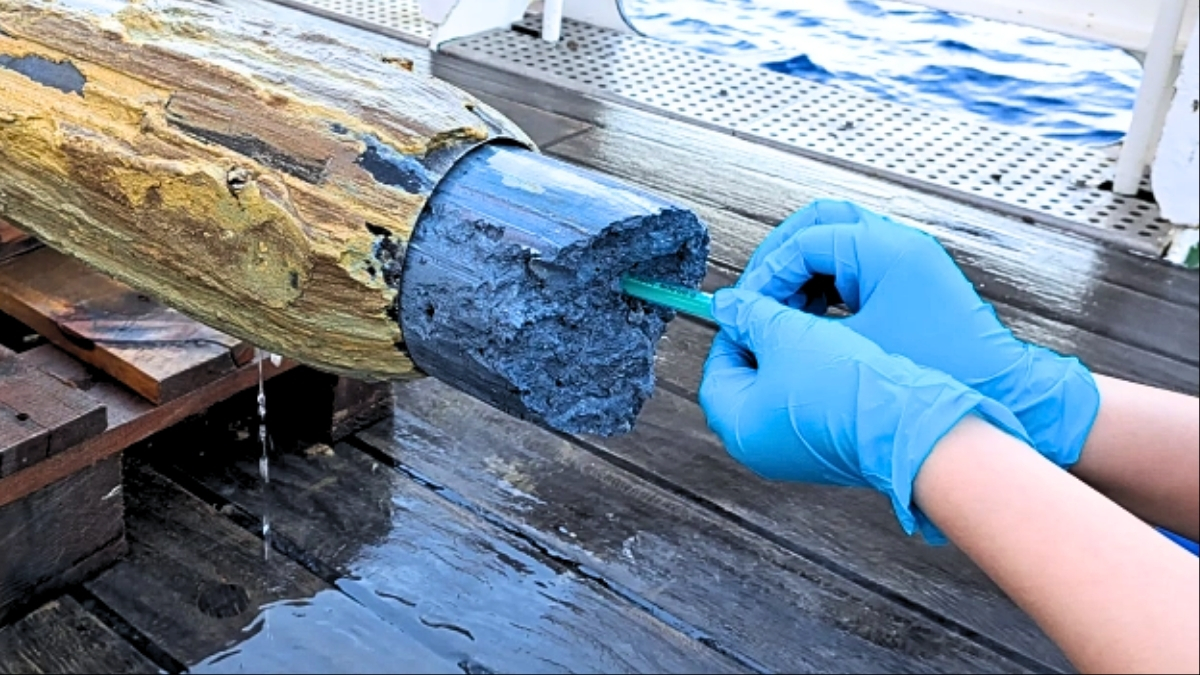Prince William, who has been actively been strengthening his…
Author: admin
-

Scientists Discover Mysterious Signs of Life in Bizarre Blue Volcanic Goo : ScienceAlert
Unexpected biosignatures found in a startlingly blue volcanic goo beneath the Pacific Ocean may offer clues to life’s origins.
Exhumed from mud volcanoes near the Mariana Trench, at depths of almost 3,000 meters (9,833 feet), the bizarrely…
Continue Reading
-

Natural phytoactive blend enhances feed efficiency in dairy cattle
Photo: AI generated A new study published in the Animals journal found that adding a combination of phytoactives to the feed of lactating Jersey cows improves milk production and quality. These phytoactives include microencapsulated essential…
Continue Reading
-

Everything You Need to Know About Samsung’s Limited Availabilty
Samsung recently showed off the prototype version of the Galaxy Z Trifold, a remarkable addition to its foldable smartphone lineup that showcases the company’s commitment to innovation. Unveiled at APE 2025, this device features a unique…
Continue Reading
-

Nokia readies TNN Denmark for AI-powered 5G future
At Nokia, we create technology that helps the world act together.
As a B2B technology innovation leader, we are pioneering networks that sense, think and act by leveraging our work across mobile, fixed and cloud networks. In addition, we create value with intellectual property and long-term research, led by the award-winning Nokia Bell Labs, which is celebrating 100 years of innovation.
With truly open architectures that seamlessly integrate into any ecosystem, our high-performance networks create new opportunities for monetization and scale. Service providers, enterprises and partners worldwide trust Nokia to deliver secure, reliable and sustainable networks today – and work with us to create the digital services and applications of the future
';
Continue Reading
-

The new Louis Moinet Impulsion Titanium Green
The Impulsion by Louis Moinet is already one of the more extroverted ways to pair a chronograph and a tourbillon. For Dubai Watch Week 2025, the brand dials up the theatre with a sharp new act: the Impulsion Titanium…
Continue Reading
-
Why Indonesia is considering video games curbs after Jakarta school blast – Invezz
- Why Indonesia is considering video games curbs after Jakarta school blast Invezz
- Indonesia police find possible explosive powder in Jakarta mosque blasts Dawn
- Is the game over for PUBG after Jakarta school blast? TRT World
- Student suspect…
Continue Reading
-

Arjun Kapoor faces online fury amid cyberbullying debate
Bollywood actor Arjun Kapoor has once again become the target of widespread online trolling. His every post, appearance, or movie release seems to attract criticism. Some users mock his films, while others call him “unbearable.” The negative…
Continue Reading
-

Pancreatic cancer recurrence plummets by targeting the Baltimore triangle- Oncology Central
A population of patients with borderline resectable or locally advanced pancreatic cancer who received a dose of radiation during surgery experienced disease recurrence of 5%.
Researchers at the Johns Hopkins Kimmel Cancer Center (MD,…
Continue Reading
-

Long-term melatonin use may raise heart failure risk by 90%: Study | Health News
Long-term use of melatonin supplements may sharply raise the risk of heart failure and even death, according to a major new global study.
Presented at the ongoing American Heart Association’s Scientific Sessions 2025 in New Orleans,…Continue Reading
